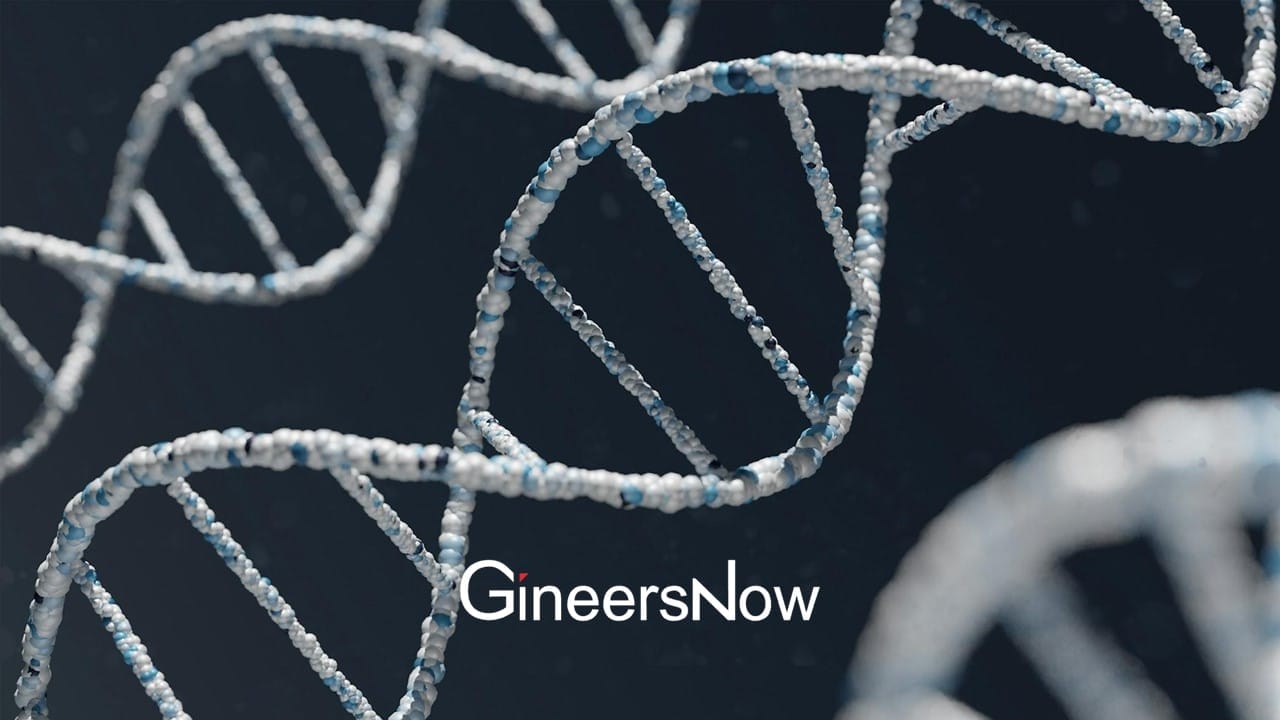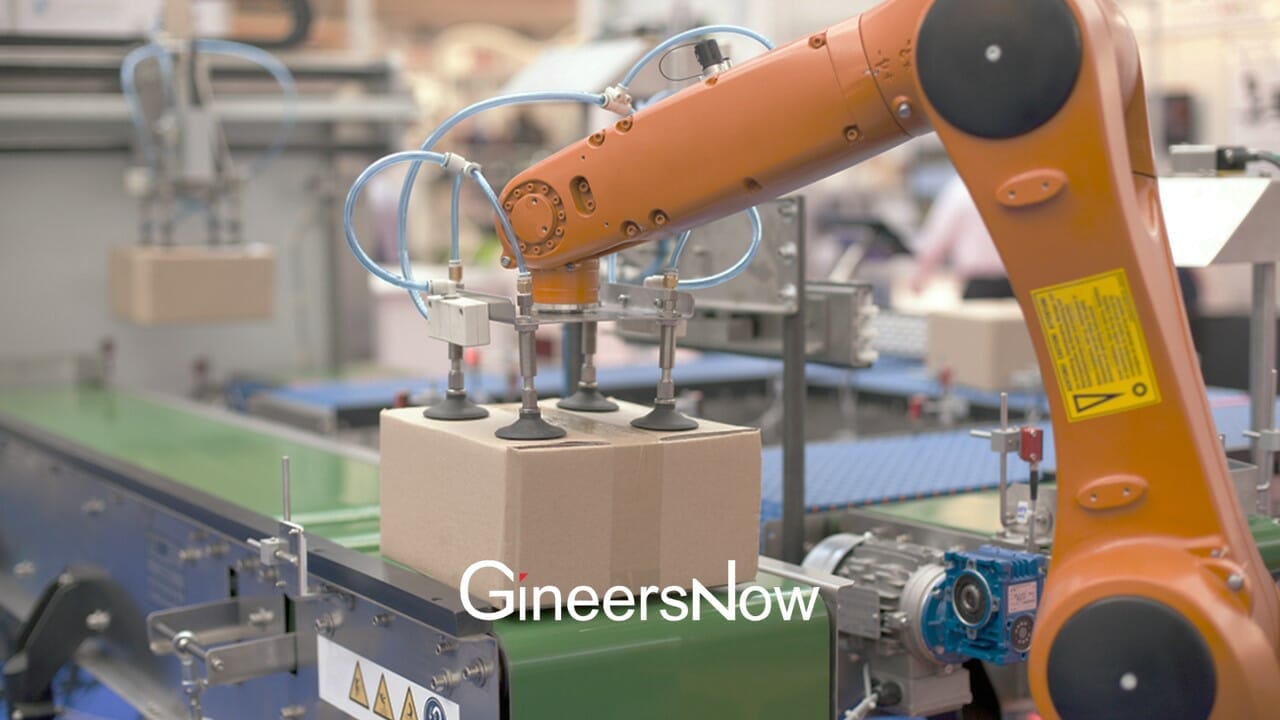Researchers at UCLA and Caltech has created a process that manipulates our DNA to reduce, and possibly reverse, aging cells in our body. The study is called “Selective removal of deletion-bearing mitochondrial DNA in heteroplasmic Drosophila.” The paper was funded by grants from the National Institutes of Health and other medical foundations in the field of neurology. It’s a study that effectively shows a way of controlling how our body’s cell ages. This makes it possible to slow down the aging process if developed further.
The study’s main focus is to manipulate a cell’s mitochondria which is the energy compartment for our cells. The slippery concept of aging occurs when DNA strands degenerate or mutate and mitochondria can’t always save the day. Mitochondria is known to carry a fragment of a DNA genome known as mtDNA. This mtDNA has two different faces, normal and mutated.
Mutated mtDNA in huge amounts can be linked to premature aging. This is due to the fact that an excess of it can cause cells to halt and die. That is why the team worked together to find a way to work around this kind of situation. Senior post doctorate scholar Nikolay Kandul and his team of scientists worked on the elimination of said mutated mtDNA.

Source: Caltech
The study
Bruce Hay, Caltech professor of biology and biological engineering, said “We know that increased rates of mtDNA mutation cause premature aging,” Along with the fact said above, if the mutant mtDNA is reduced or removed, he effects of aging can be slowed down, or even reversed. The buildup of this mtDNA inevitable since all cells in our body contain mitochondria, and the buildup is what the research team is looking at.
This year’s Nobel Prize in Medicine subject winner is what the study manipulates. Autophagy, or our cell’s ability to eat itself, is what the Caltech-UCLA study is looking at to selectively remove aging DNA. The award-winning study is what enabled the scientists to go a step further into their research, allowing them to move forward towards their goals.
How the study works
Mutant mtDNA, according to the study, can contribute to a whole range of physical defects. A huge buildup over the course of a lifetime can lead to degenerative conditions such as Alzheimer’s, Parkinson’s, and age-related muscle loss. In children, inherited mtDNA can also be linked to autism. Another common case that’s often associated with mtDNA buildup would be premature aging.
For research, a common fruit fly was manipulated so that three-quarters of its mtDNA mutates in early adulthood. This led to the fly’s muscle cells being reduced as a sign of increased buildup of mutated mtDNA. For flies, this means that their ability to fly is greatly hindered.
The team looked into ways into increasing the activity of mitophaghy in the fly’s system. Increased mitophagy would mean a reduction in mutant mtDNA in the fly’s muscle cells. The researchers found that several genes that are related to Parkinson’s disease promoted mitophagy. Overexpressing the parkin gene, which is well known to eliminate non-working mitochondria, reduced the mutant mtDNA in the fly’s system from 76% to 5%. Another gene, the Atg1, yielded better results bringing down the mutant mtDNA to just 4%.
Hay mentioned that this decrease could work very well into our favor. Effects like this can fix metabolic defects in muscle cells, enabling them to recuperate faster and more efficiently. These experiments clearly show the effects of mutant mtDNA, and its correlation to aging, and how reducing it can be achieved by tweaking normal cellular processes.












